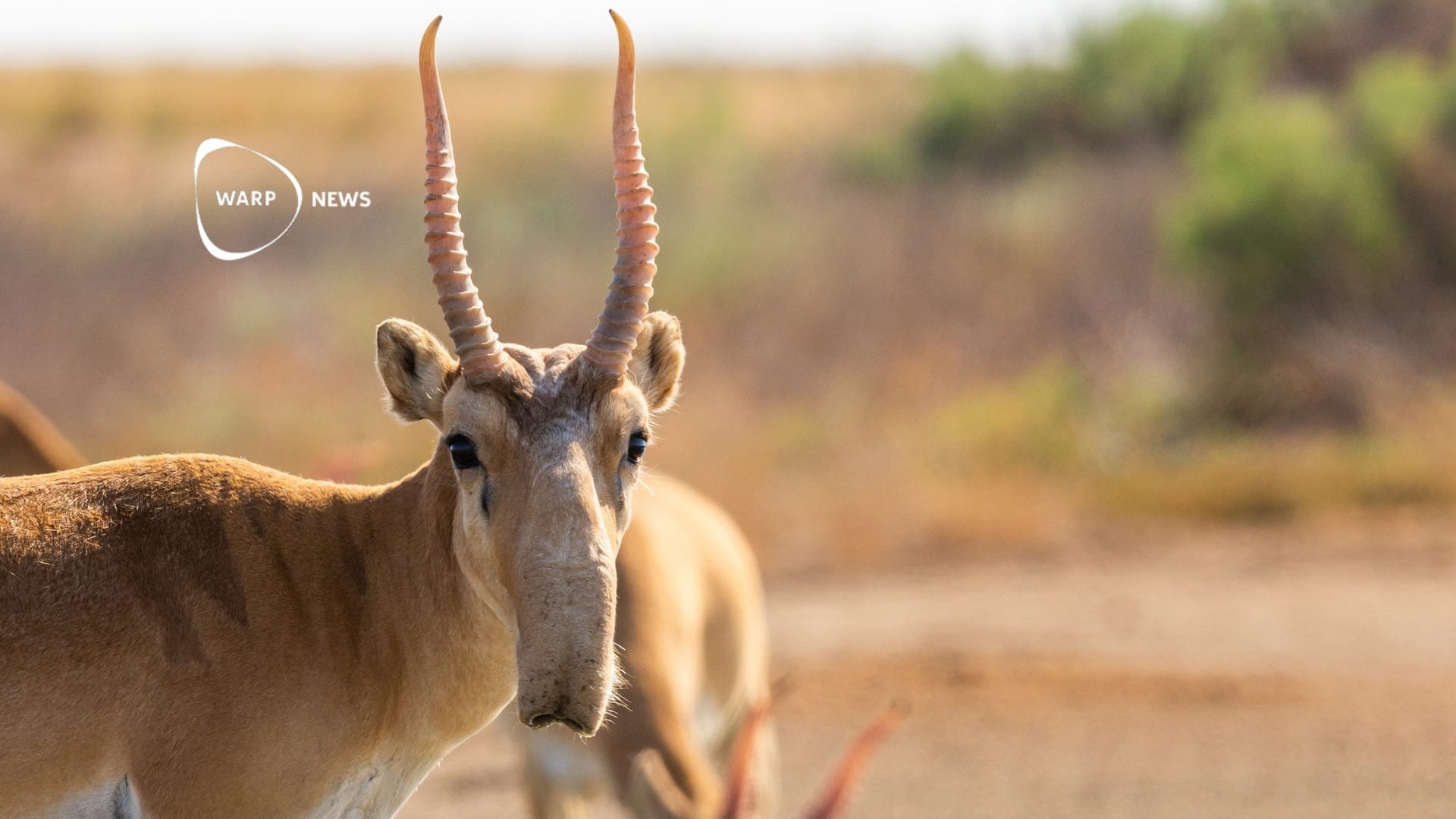
🦬 Bison returns to Romania after more than two centuries
Thanks to long-term conservation work, the bison is making a comeback in Romania after two centuries of absence.
Share this story!
The bison is once again an inhabitant of Romania’s Carpathian Mountains after 200 years of absence. Making the bison's comeback happen is a result of long-term conservation work. Even though spotting a bison in Romania is a less common sight than it was a few hundred years back, they are making a strong comeback.
Back in 1927, the last wild bison in Europe was shot by poachers. Now that they have made a comeback in Romania, a critical step towards keeping the species off the critically endangered species list has been taken.
“There was an urgent need to once again give the bison the chance to live in the wilderness and to mix the genes of those bison from captivity,” says Matei Miculescu, who works for the Bison Reintroduction Project established by the WWF and Rewilding Europe to Euronews.green.
Euronews reports that in recent years, the bison have been lured further into the forest by abundant vegetation. This enables them to extend their natural habitat. According to Miculescu, the animals are faring much better in nature than in captivity which “creates the risk of inbreeding” and reduces their chance of survival.
More than 200 years after the bison was last seen in Romania, the Bison Reintroduction Project started in 2014. Today there are 105 bisons roaming free in the Țarcu Mountains. Since 2014, 38 bison calves have been born in the region. The number gives a spark of hope for the species future survival.
When the majestic beings first arrive in Romania, they have to spend several weeks getting used to Romania’s wilderness before they are let free to live in the wild.
“The goal is to achieve a population of 250 individuals in five years' time,” says Marina Druga, who leads the project to Euronews.
Euronews writes that experts believe that reintroducing the bison can benefit around 600 other species and contribute to the wellbeing of the wider ecosystem, from carnivores to tiny microorganisms.
“They change the landscape and architecture of the forest by stopping the spread of invasive tree species, spreading seeds for hundreds of plants and creating paths smaller animals use to access food,” says Druga.
By becoming a premium supporter, you help in the creation and sharing of fact-based optimistic news all over the world.


